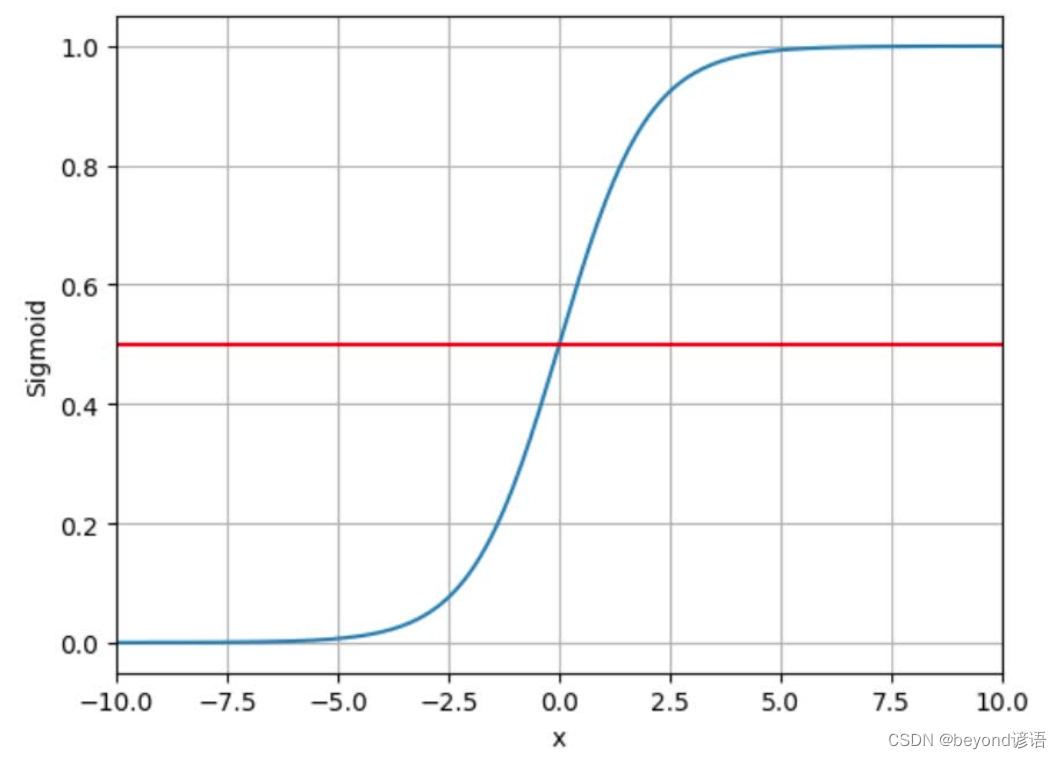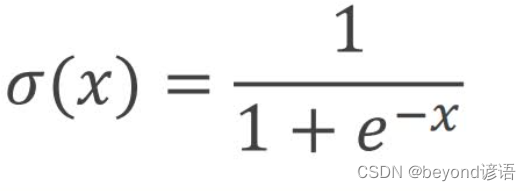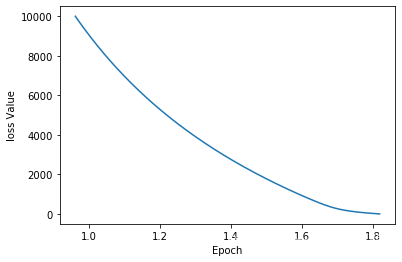课后作业
①Logistic函数
sigmoid函数是一类非线性激活函数的统称,但因为Logistic使用人数多且高效,故进而将sigmoid函数等价于Logistic函数。
Logistic图形和具体公式如下:


②回归和分类
我个人觉得:
回归问题就是输入个x,输出一个对应的y,且y∈R
例如y = 2 * x,给定一个x,就会得到一个y
分类问题就是给定一个x,输出具体的y,也就是几个类别,是1还是0
例如超过60分表示及格,输入一个x,x为90,输出结果为1,表示及格;x为40,y为0,表示不及格
原理大概就是这样,如何实现,就需要使用激活函数了,以Logistic Function为例,这个函数可以将任意一个输入x∈R,输出结果映射到[0,1]之间,这样就变成了概率问题
例如二分类问题,输入x,输出结果为1的概率是0.8,结果为0的概率是0.2,那么这个x就属于1这个类别
tensor数据类型包括data和grad,data存放数据,常使用.item()来获取具体的数值,这样占用内存较小;grad存放梯度,但需要提前对tensor对象通过.requires_grad进行设置为True
③模型架构
这是一个大体通用的模型架构
LinearModel类名可自定义,但必须继承torch.nn.Module
内部的两个函数__init__和forward必须有,且不可以改写函数名,这是在继承的父类里面进行模块重写
super(LinearModel,self).__init__()必须对指定的父类初始化,其中LinearModel跟自己定义的类名一致
torch.nn.Linear(1,1)线性层,输入维度和输出维度都是1维
__init__函数中为了初始化
forward函数为了前向传播计算梯度
因为sigmoid函数在torch.nn.functional包内,故需要导包
F.sigmoid(self.linear(x))对经过一层线性层得出的结果通过sigmoid函数映射到[0,1]内,方便进行概率的计算,以至于最终的分类
import torch.nn.functional as F
class LinearModel(torch.nn.Module):
def __init__(self):
super(LinearModel,self).__init__()
self.linear = torch.nn.Linear(1,1)
def forward(self,x):
y_hat = F.sigmoid(self.linear(x))
return y_hat
④代码实现
需求:分类任务
x≤2时,y=0,属于0类
x>2时,y=1,属于1类
训练样本:x=1,y=0;x=2,y=0;x=3,y=1
损失函数使用BCELoss,交叉熵损失函数;细节等详细信息可参考该篇博文:六、逻辑回归
优化器使用SGD
进行10000次epoch
import torch
import torch.nn.functional as F
import matplotlib.pyplot as plt
x_data = torch.Tensor([[1.],[2.],[3.]])
y_data = torch.Tensor([[0],[0],[1]])
class LinearModel(torch.nn.Module):
def __init__(self):
super(LinearModel,self).__init__()
self.linear = torch.nn.Linear(1,1)
def forward(self,x):
y_hat = F.sigmoid(self.linear(x))
return y_hat
model = LinearModel()
lossf = torch.nn.BCELoss(size_average=False) #损失函数
optimzer = torch.optim.SGD(model.parameters(),lr=0.001) #优化器
loss_all = [] #把每次训练的损失都存下来,方便后续绘图看效果
epoch_all = [] #每次的epoch存下来,方便绘图
for epoch in range(10000):
y_pred = model(x_data)
loss = lossf(y_pred,y_data)
print("epoch:",epoch,"\tloss:",loss.item())
epoch_all.append(epoch)
loss_all.append(loss)
optimzer.zero_grad()
loss.backward()
optimzer.step()
# 绘图
plt.plot(loss_all,epoch_all)
plt.ylabel('loss Value')
plt.xlabel('Epoch')
plt.show()

还得多epoch几次,loss没降下去,先就这样了,学会方法就行,效果后期再考虑
⑤测试模型
test = torch.Tensor([[4.]]) # 用4去测试一下
resutl = model(test)
if resutl.item()>0.5:
print("1")
else:
print("0")
print("predect value is:",model(test).item()) #看下预测x=4时,y的值是多少
"""
1
predect value is: 0.8959792256355286
"""
结果对了,x>2时,y=1,属于1类